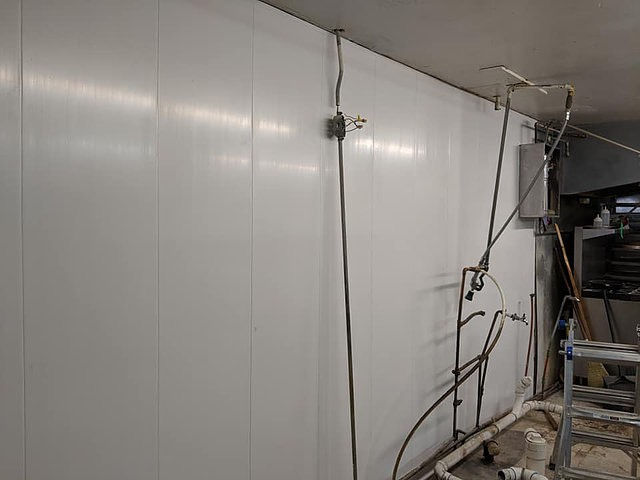Outlasting the Competition: The Endurance of PVC Panels Over Worn-Out FRP Panels
- duramaxpvcpanels
- May 28, 2024
- 2 min read
Fiberglass Reinforced Plastic Panels, commonly known as FRP panels, were once the most desirable paneling choice for various commercial applications. Over the years, the FRP wall board has shown several disadvantages that have greatly contributed to its downfall in certain areas. This blog gives a detailed analysis of FRP panels' potential challenges and pitfalls and how PVC wall panels rose to prominence in commercial and residential paneling.

FRP Panels Show Poor Flammability
One of the main challenges of installing an FRP panel is it fails to meet the highest fire safety standards. FRP wall panels show poor resistance to fire. This increases the chances of potential fire breakouts, putting infrastructure's safety at stake. In the event of fire accidents, FRP panels produce toxic flames, such as carbon monoxide and carbon dioxide, posing significant health risks to the workers.
On the other hand, ASTM-certified PVC wall and ceiling panels are excellent choices for flame-resistant walls and ceilings. They do not split, crack, or damage when exposed to fire. PVC panels have a Class-1 fire rating that resists fire accidents for 1 hour.
2. FRP Panels React to Chemicals Easily
Conventional materials like FRP panels tend to degrade due to repeated chemical exposure. Frequent exposure to chemicals causes FRP panels to rust and corrode, losing their ability to remain clean and hygienic. On the contrary, PVC wall and ceiling panels are 100% chemical-resistant. They keep the walls and ceilings free from chemical phenomena like rusting and corrosion.
3. FRP Panels Become Vulnerable to Moisture Damage
FRP wall and ceiling panels are unsuitable for areas with high humidity. The reason lies in the fact that they need a wooden backer during the installation. The presence of a wooden backer causes FRP panels to absorb moisture, which contributes to wall and ceiling dampness. Furthermore, FRP panels require trimming between each panel, which makes them vulnerable to water vapor penetration.
PVC wall panels outlast FRP panels because of their remarkable moisture resistance. They do not require a wooden backer, making them less susceptible to water absorption. Such panels act as a protective barrier against moisture infiltration.
4. Time-Consuming Installation
Since FRP panels require a wooden backer, they demand additional labor and surface fasteners. Moreover, it requires a two-man job for installation. What makes FRP panels even more exorbitant is that you have to frequently repair or replace them.
Compared to FRP panels, PVC panels facilitate smooth and easy installation. They fasten directly to the studs because of the tongue and groove interlocking method. Furthermore, they interlock to cut the installation time in half. It requires only one contractor to complete the PVC panel installation in a few hours.
Duramax PVC Panels- Leading Competitors of FRP Panels in the US
Duramax brings you affordable and lightweight FRP wall panel alternatives made of high vinyl formulation. Our PVC panels are manufactured in the US and shipped to your destination in two weeks. Get a free sample today.








Comments